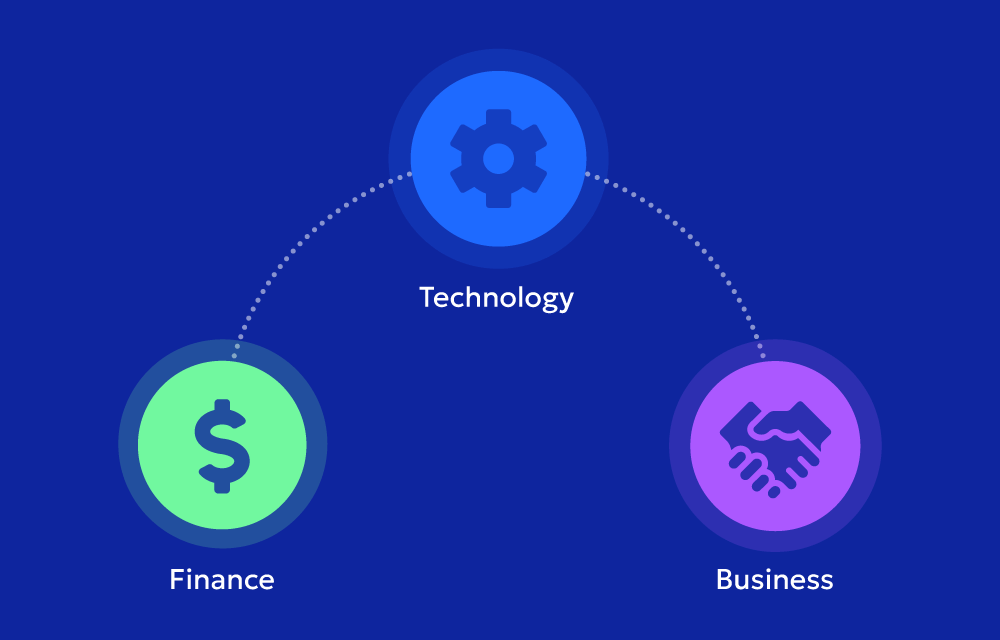History
TBM was developed in response to the growing need for IT departments to justify their spending and demonstrate value to the business. The TBM Council, a non-profit organization, was founded in 2012 to promote TBM principles and practices. The council provides a forum for IT and finance leaders to collaborate and share best practices.
Market
A variety of tools and platforms designed to support the implementation of TBM principles exists today. These tools help organizations track and manage IT costs, optimize resource allocation, and align IT spending with business objectives. Key players in the market include Apptio, ServiceNow, and VMware. The global TBM market is growing, with increasing adoption among large enterprises and significant investment in related technologies.
The market is estimated to generate significant revenue annually. For instance, the global business process management (BPM) market, which shares similarities with TBM, was valued at approximately USD 14.46 billion in 2022 and is projected to grow at a CAGR of 19.9%, reaching USD 61.17 billion by 2030 (Grand View Research) (Mordor Intelligence).
Technology Behind
TBM relies on a combination of software tools and best practices to collect, analyze, and report on IT costs and performance. Key technologies include:
- Cost Management Platforms: Software that integrates with financial and IT systems to track and manage costs.
- Data Analytics: Tools that analyze cost data to identify trends, inefficiencies, and opportunities for optimization.
- Reporting and Visualization: Dashboards and reports that provide insights into IT spending and performance.
Value Proposition
- Cost Visibility: Provides clear visibility into IT spending, helping organizations understand where their money is going.
- Informed Decision-Making: Enables IT leaders to make data-driven decisions about technology investments and resource allocation.
- Alignment with Business Goals: Ensures that IT spending supports the organization’s strategic objectives.
- Cloud Cost Optimization: Identifies opportunities to reduce costs and improve efficiency.
Challenges
- Data Quality: Accurate cost tracking requires high-quality data from multiple sources.
- Change Management: Adoption of these principles often requires significant changes to existing processes and systems.
- Complexity: The framework can be complex to implement, requiring specialized knowledge and expertise.
Key features
Key features of TBM include:
- Cloud Cost Modeling: Tools to create detailed models of IT costs, including direct and indirect expenses.
- Performance Metrics: Metrics to measure the performance and value of IT services.
- Benchmarking: Comparisons with industry peers to identify best practices and areas for improvement.
- Resource Allocation: Tools to allocate resources based on business priorities and strategic goals.
Types of TBM
TBM can be categorized into several types based on its application:
- Cost Management: Focuses on tracking and managing IT costs.
- Performance Management: Measures the performance and value of IT services.
- Resource Optimization: Identifies opportunities to optimize the use of IT resources.
- Strategic Alignment: Ensures that IT spending supports business goals.
Applications
- Enterprises: Large corporations use TBM to manage complex IT environments and align IT spending with business strategy.
- Public Sector: Government agencies use TBM to improve transparency and accountability in IT spending.
- Healthcare: Healthcare organizations use TBM to optimize IT resources and support patient care initiatives.
- Financial Services: Banks and financial institutions use TBM to manage IT costs and support regulatory compliance.
How to implement an organizational TBM framework
- Assess and Benchmark: Evaluate and benchmark existing IT cost management practices and identify areas for improvement.
- Define Objectives: Set clear goals for what you want to achieve with TBM.
- Select FinOps Tools: Choose the right TBM tools and platforms to support your objectives.
- Implement Processes: Establish processes for collecting, analyzing, and reporting on IT costs.
- Train Staff: Provide training to ensure that staff understand and can use TBM tools and processes effectively.
- Monitor and Adjust: Continuously monitor performance and make adjustments as needed to improve outcomes.
Similar concepts
- FinOps: Focuses on cloud financial management and cost optimization.
- IT Financial Management (ITFM): Manages the financial aspects of IT, including budgeting, forecasting, and cost allocation.
- Technology Cost Management (TCM): Manages the costs associated with technology investments and operations.
References
Further reading
- Technology Business Management: The Four Value Conversations CIOs Must Have With Their Businesses by Todd Tucker
- Practical Technology Business Management by Jon Sober
- Technology Business Management, Deloitte Denmark



